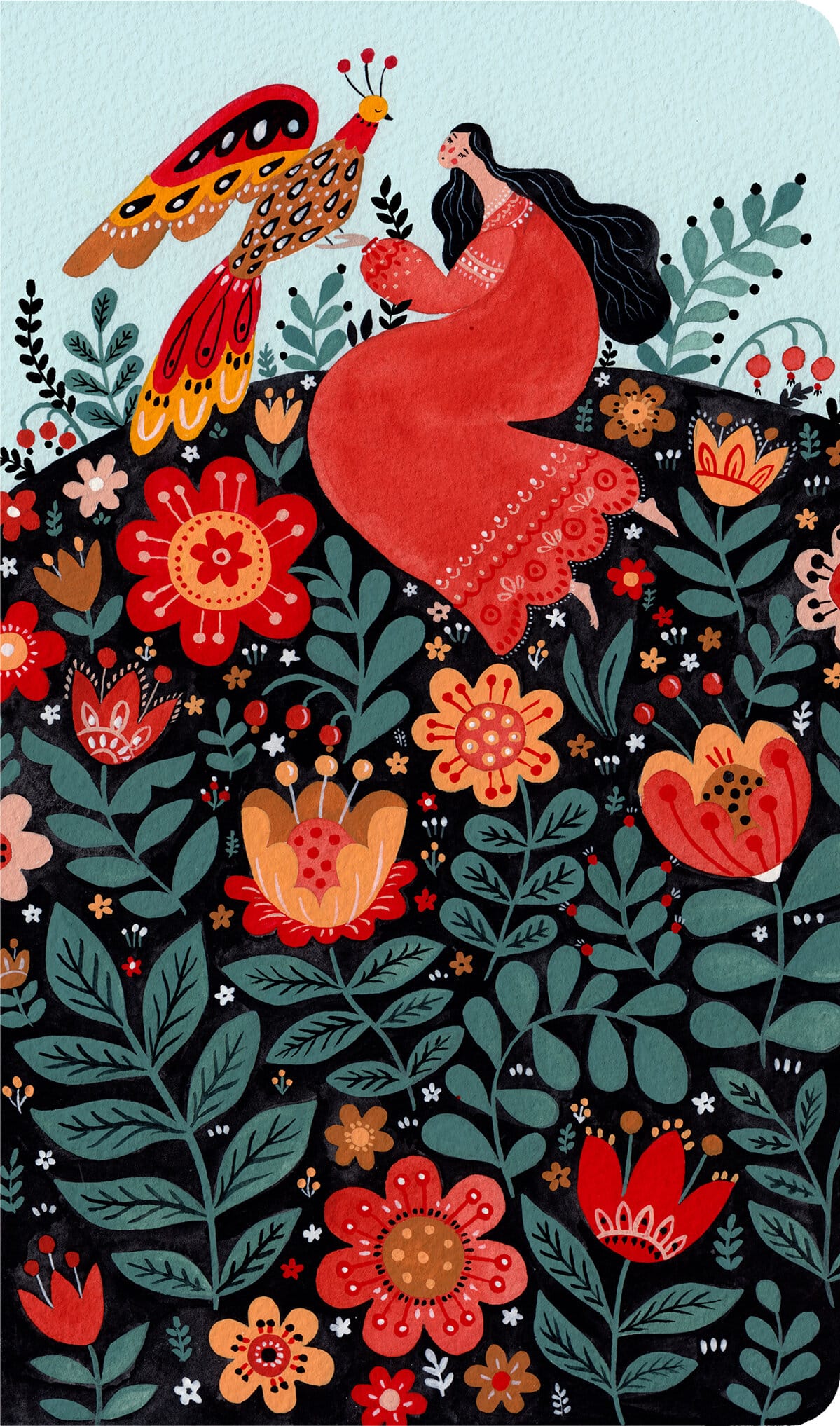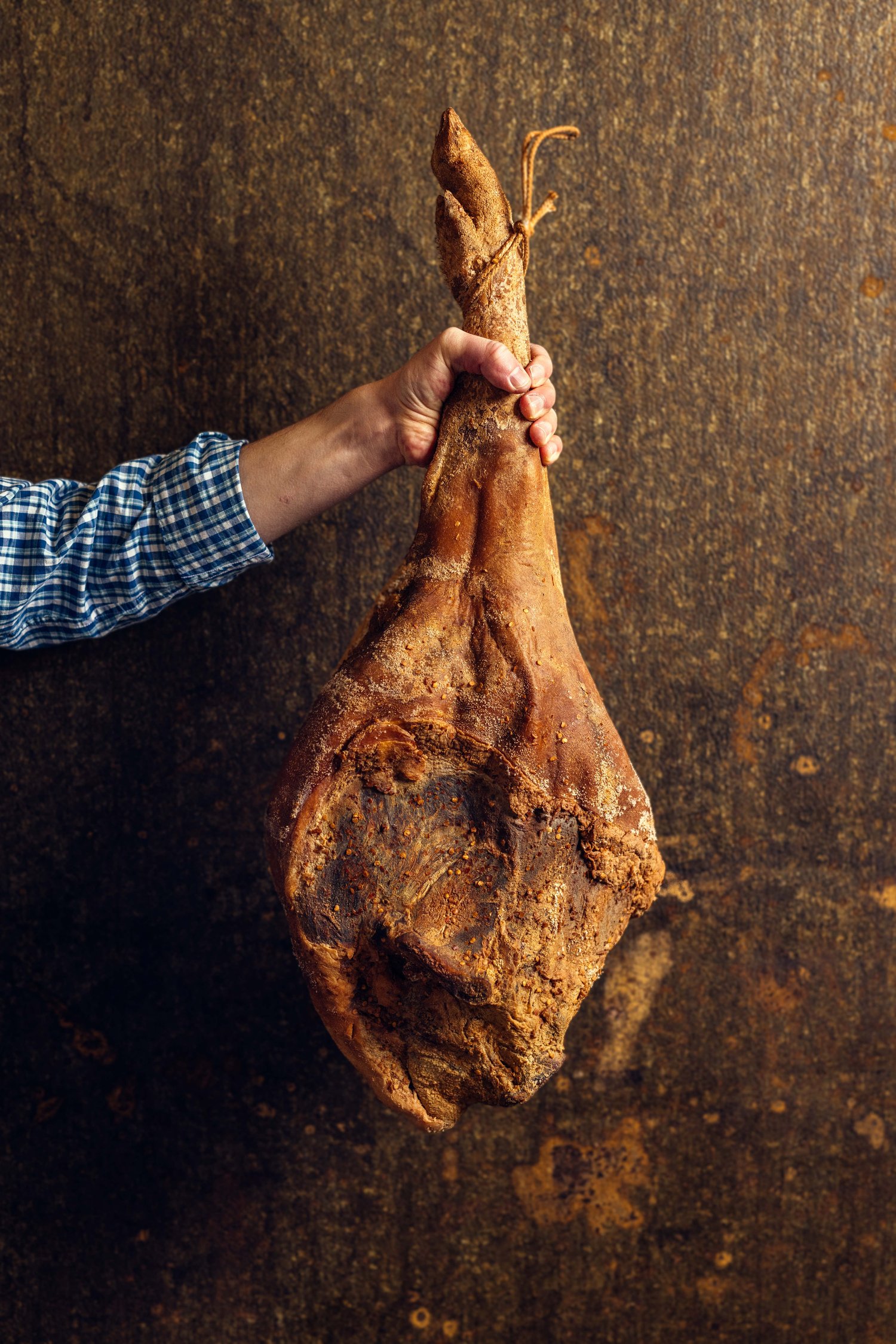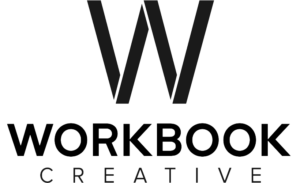On this episode of Workbook Radio, Heidi talks to Workbook photographers Zach Anderson, Jason Elias, Nathalie Gordon, and Shelly Waldman about causal networking and posting preferences on social media.
HG: “So when you are in a networking event, say you’re at a…we’ll talk about portfolio reviews later. I want it to be much more of the casual networking event that you find yourself at. Do you ask about connecting on social media? And you’re hitting it off, and ‘what’s your handle?’ Is that the move? (laughing) I know, it’s a very cheesy delivery, but, seriously.”
SW: “It depends.”
HG: “Okay.”
SW: “I think it depends on the conversation. It depends what you’re talking about. I mean, if you’re shooting the breeze and you’re talking like, ‘Hey, the Sharks are up two games to one,’ versus if you’re talking about work and they show interest in your work then you can say, ‘Hey, you can follow me on Instagram on this handle.’ So I think it has to be organic to the conversation. I don’t think I ever say, ‘Hey! Here’s my Instagram handle!’”
ZA: “I would agree, but I also have my Instagram handle on my business card when I give it to people. And it’s on my Workbook ad too. Yeah, I think it depends on the conversation. I mean definitely don’t ask for [to connect on] Facebook. That’s weird.”
JE: “Well, I have started dropping all hope of anything when I go to these events. I don’t want anything out of it. I just want to have a good time and a nice cocktail. So, I don’t really…it’s whatever is organic, whatever’s authentic, whatever naturally happens is what I do. And the truth is this is a long game, so I’m not aggressive about that kind of stuff at all and it’s served me well.”
HG: “[Zach] you agree?”
ZA: “I totally agree.”
HG: “I think you guys just kind of hit on the next point: What turns creatives off and why? I think we talked about overly stalking them [on social media] and liking every post they do. I think that’s super creepy. But do you have any other sense about it? Maybe what you think [are] do’s and don’ts, instructionally?”
ZA: “Well I think it’s a little weird to ask them what they’re working on or what they have coming up and stuff like that. I don’t think that’s very kosher. I think in these networking events, you’re trying to get to know someone. That’s how I approach it.”
NG: “I would say don’t be too honest. I met with someone who…I met with an art buyer and she looked a bit perplexed when I sat down. I was like, ‘Are you okay?’ And she was just like, ‘Yeah. I just spoke to someone and I think they insulted me. They were like, ‘Oh you’re really young to be an art buyer.’ And I was like, ‘Oh, yeah. Okay.’ So, yeah, don’t always say the first thing that comes out of your mind. Be articulate with what you want to say to people. Like Jason said, don’t force yourself upon them. Just see if they’re nice people. See if you have a rapport with them. Not everyone that you work with you’re going be friends with, or vice versa. So just feel it out.”
JE: “I also have come to realize that I have an [art rep] because I’m not a sales person. So I don’t want to sell. I mean, of course I’d love to shoot campaigns for a lot of really interesting clients but also, again, it all goes back to the relationships. And if your relationship is natural and they like you, they’ll naturally either say, ‘Hey, I’d love to see your work at some point’ or they’ll remember you as that. But really, I really don’t want to be selling. We can all smell that a mile off.”
HG: “I would agree. And the next [talking point] is ‘them’ based questions. Make the conversation about them.”
SW: “Yeah, I would say just be really curious. Ask questions about them; where are they from? What do they like to do? And then that’s going to lead you to a point of where you can connect. If they say like, ‘Oh, I love Oregon.’ Then you can be like, ‘No way! I was in Oregon. I was just there! What do you love about Oregon? You like the coast? You went here? Oh I was going to go back next week! What’s you’re favorite restaurant?’”
HG: “So do you then, if you are going to connect with them or you did meet someone that is worthy of marketing to, do you then reference details or does that feel creepy? ‘Hey, remember when we talked about Oregon? It was so cool…’? No? Yes?”
JE: “I mean we’ve all dated, so we all know that it’s like when you meet someone and if you call them later and say, ‘Hey remember when we talked about Oregon? That was really awesome!’ you’re not going to get a second date. So I think it’s the same with an art buyer. It’s the same with human beings. You can lay a bunch of rules down about how to interact at these things, but really if you’re going to be in this business, you have to be engaging and personable in an interesting and authentic way to begin with. So if you just trust yourself in that, it’ll be fine.”
HG:” Okay, so this is something I always like to talk about, how you debut new concepts on social media. Zach, I know you did a lot of your flag [project] on social media. That was definitely a personal project you [then used for] promotional pieces. Do you have a formula? Do you have a way that you like to debut it?
“My favorite guy who does this is Tim Tadder because he makes it his business to…He does personal projects that are outrageously interesting and then he drops them [on social media] with several pieces at a time so he is instantly associated with that specific look. Right? And then when [creative buyers] want that specific look, they say, ‘Well let’s just reach out to Tim Tadder.’ I mean he did this; I don’t know if anyone remembers the Water Wigs series? It was so beautiful. And it turned into a Wrigley’s commercial like (snaps) that.
“He told me the story about the guy who [put] the [leaf blower] in somebody’s face, and he did one shot and put it on social media, and then six other photographers got their blowers out and did the same shots.”
ZA: “Oh yeah…”
HG: “And then [the original] guy wasn’t the guy who was known for it. They guy who threw six, seven shots down of it. He’s the guy who’s known for it. But the guy who thought of it is fresh out of luck. So that’s where Tim sort of developed this concept. The idea of: I’m going to create this thing and this look, and I’m going to make sure everyone knows it’s mine. So how do you guys feel about that stuff? Do you think about any of that? Or do you drop deliberately on social media in that regard?”
ZA: “I mean…well, there’s some things you’re super excited to post. But I also post only at certain times of the day when I know most people are going to look at it and see them. Especially when I’m over in, say Europe, shooting. I never post anything during the day there because I want people in the US to see it. At twelve o’clock in the morning [in the US] no one is going to see that image, and so you’ll notice you won’t get nearly as many likes or anything like that. I’m just very deliberate in what I post and I try not to post too much. Only like one [post] a day, or two.”
HG: “Do you use like a Hootsuite [app]? Do you use a dashboard [app] to help you with your posting, or it’s all organically [done]?”
ZA: “All organically. Yeah.”
HG: “The rest of you guys? Are you the same? It’s organically on your phone, or do you use a dashboard?”
NG:” I use it organically on my phone, but I use an app called Planoly sometimes just to plan out where I want my images to sit, because I post all my images in rows of three. So if it’s the same shoot it will be three. I very rarely split an image into three because I find that annoying when you’re…Not as many people look at your page just as your page. They’re looking at…their own feed. So if they see part of an image or half a bit of skin they’re going to go, ‘Oh, what’s this? I’m not going to like this.’ So I very rarely do that.
“But I will post three images from the same shoot just to keep that uniform thing going. Because I did actually have an art buyer at one of the Workbook events ask to see my Instagram. He’s like, ‘I want to see how you’re presenting your work in a story format.’ And he was very impressed that I kept it quite uniform.”
HG: “Are you [posting] three a day? Or are you just paginating the three…?”
NG: “Oh, no, it’s not three a day. It’s literally, I’ll post one today; I might post one in two days time. But eventually all three will line up. And you can see when they do line up I’ll leave it for a week and then maybe post another three.”
SW: “I use Later.”
HG: “What’s Later?”
SW: “Later is a dashboard. You can schedule out your posts, you can also see how they paginate. You can keep your hashtag lists in there. They have a free plan. You can post up to 30 [hashtags]. You can use it to post to your story and to post to your feed [on Instagram]. You can post [not only] on Instagram but Linkedin and Pinterest as well. But if you’re doing Pinterest, I highly recommend Tailwind. It’s way better [for Pinterest]. It let’s you pin on multiple boards and recycle pins a lot easier than Later.”
You can listen to the full episode below!
For more on our panelists, please visit their portfolios:
To stay up to date on all things Workbook Radio, make sure to follow us on Instagram!




